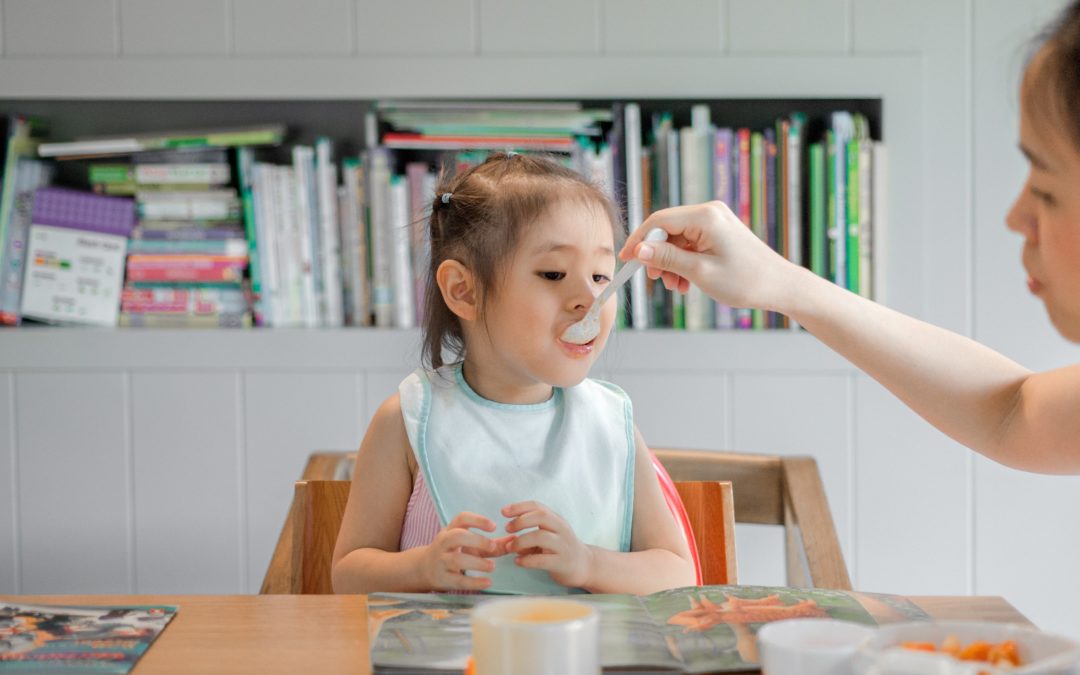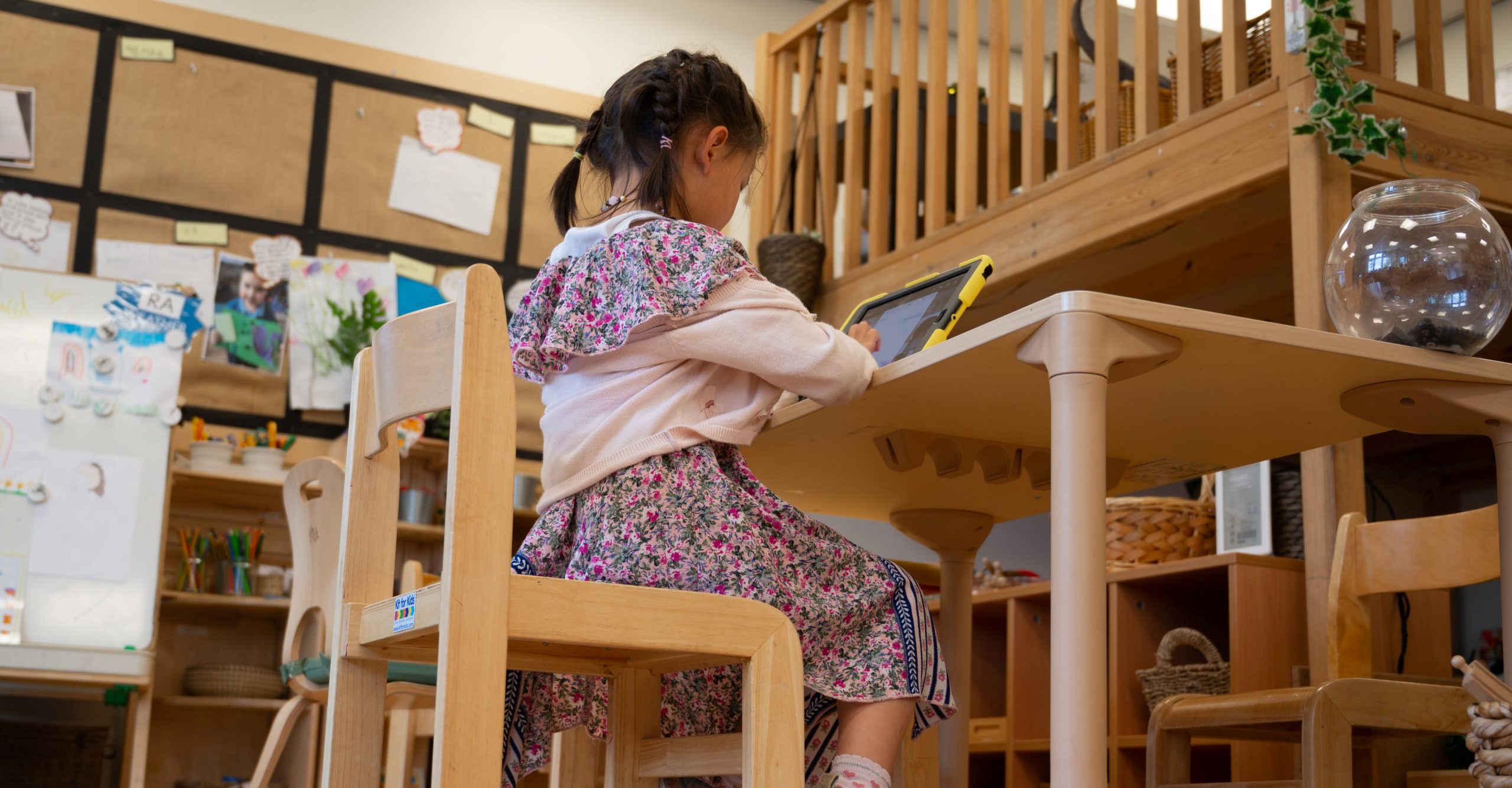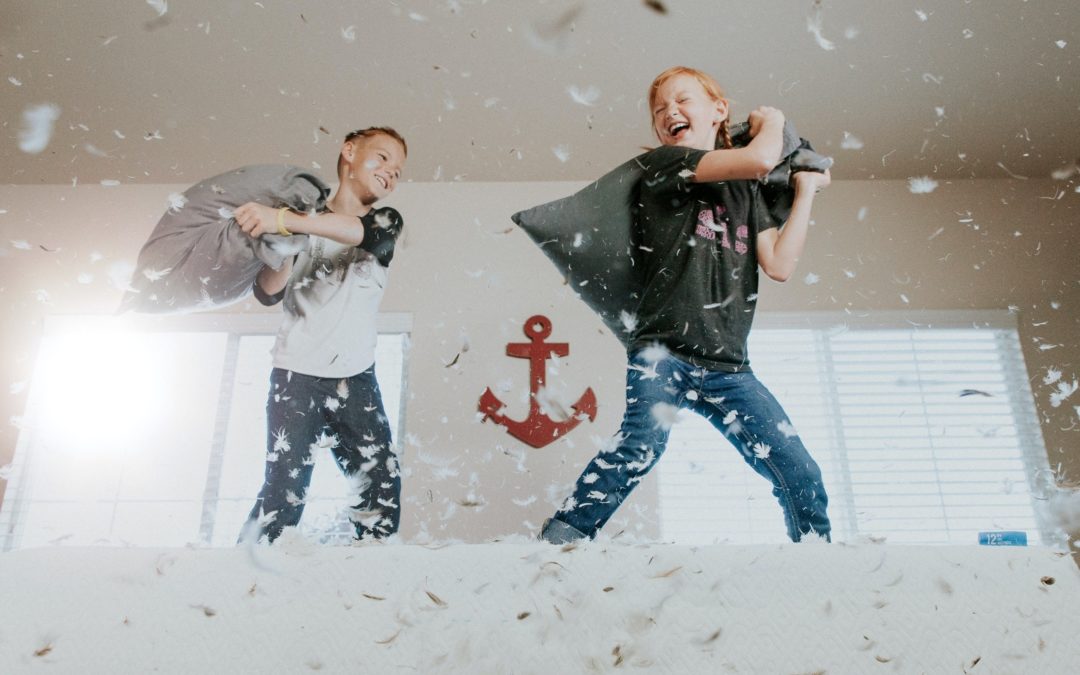
by rossanahead | Mar 28, 2011 | children, Education, parenting, woman
By Bubbles Salvador
The terrible twos can be, well, terrible. This I know because my son, only almost two, is worlds away from that cute little baby who always did as Mommy or Daddy said.
It’s not that he’s out of control – he’s just too much to handle sometimes.
Luis behaves very well in church, and is able to sit through the entire mass. At night, we say our prayers together, which he ends with a sweet “Good night, God!” He even surprises me with an affectionate hug every now and then.
But there are also times when the terrible twos hits like the plague. When he refuses to share a toy or greet an elder (we insist on the age-old tradition of pagmamano), it could result into a riot: Mommy is screaming, Daddy is demanding obedience, Luis starts whining.
“It’s a phase,” my Mama said. Should I believe her? She instilled enough fear in me and my siblings to make sure that none of us even thought of misbehaving like that. What did she know about terrible twos?
“Just keep telling him that what he’s doing is wrong. It’ll take a while but he’ll get it. Luis is smart,” she told me.
Maybe Mama’s right after all. “Smart” may be the key word. At times, even before we send him to the corner for a timeout, Luis would go there himself and say, “Stay…corner. Mommy’s mad.”
It is exactly this smartness that we are counting on so we can finally get past this stage. He can recite the rules anytime: “No hitting. No throwing toys. Good boy lang.” I think we’re getting there.
I guess part of being a parent is hitting these highs and lows; we just try to make the most out of the highs. Just as we need to encourage our kids’ positive behaviour, we also need to give ourselves a pat on the back for trying (and just keep our fingers crossed that things turn out OK!).
Photo by MI PHAM on Unsplash

by rossanahead | Mar 22, 2011 | parenting, Ruth M. Floresca, woman
By Ruth Manimtim-Floresca
For years, I always get asked how I cope with the all the responsibilities that come with having four kids. I usually tell them I take valid shortcuts that make our lives easier without compromising results. Here are three tips that saved me effort, time, and money which I either learned from fellow moms or discovered on my own and successfully applied in raising my boys.
* All my boys’ first names start with G. My husband’s and his four siblings’ names also start with G. Most of my firstborn’s things were labeled with G. FLORESCA. Whenever his brothers “inherit” stuff from Kuya, I don’t need to change the name anymore. These days, they could even swap and borrow each others’ bags, caps, jackets, umbrellas, etc. and bring them to school without worrying much if the item would be returned to them in case it gets lost.
* When they were still small, I periodically trace my kids’ left foot on paper, cut the drawings out, and keep them in my wallet. Whenever I see a pair of shoes or sandals that I think they would like, I could buy the footwear there and then because I didn’t need to come back to the store and bring the kid to make him try out the shoes.
* I breastfed all my children but did mixed feedings when they were several months old. My Ob-Gyne taught me that I should never let my baby get used to drinking warm milk. “Always use boiled water that has been cooled to room temperature.” That advice saved me from bringing a thermos of hot water everywhere we go. I’ve seen other moms deal with the hassle of preparing warm formula inside a moving vehicle because their baby won’t drink milk that’s not warm enough! I’m thankful that it is not something I had to go through with any of my kids.
Photo by Tanaphong Toochinda on Unsplash

by rossanahead | Mar 20, 2011 | Education, Lyra Pore, parenting, woman
By Lyra Pore
“Focus! Don’t look at the other swimmers! If you don’t focus, I’ll take your iPod from you for one month!” The excitement at the Zone Swimming Carnival is palpable; one mom can’t resist making the iPod threat to motivate her 12-year-old daughter to do her best.
Australia supports and discovers young talent through sports carnivals. Each primary school holds its own carnival first to select students, from Grades 2 to 6, who will then go on to compete at the Zone level. The races are already quite intense at this stage. Kids, as young as seven but turning eight this year, dive into a 50-meter pool the moment the gun goes off and give it everything they’ve got to earn the right to represent their school in the Zone carnival.
At the Zone, students from several schools within the district race against each other. One of my kids, now in Grade 6, is representing her school in the 50-meter freestyle, breaststroke, backstroke, and relay.
“If I get a place in the Zone, do I get my books?” she asks the previous night. Since she finished reading the Harry Potter series–from Philosopher’s Stone to Deathly Hallows –she’s been pressing her dad and me for a copy of J.K. Rowling’s Quidditch Through The Ages and Fantastic Beasts and Where to Find Them. I figure it’s better to reward her for a great effort than to punish her a botch-up. “Yes. Absolutely.”
The girl with the iPod races against very fast swimmers in the third heat; it’s unbelievable they’re all just turning 12 this year. My daughter comes first in the second heat. The final results have yet to be checked though, as the girls from all the heats have to be ranked according to the time they’ve clocked. The overall results place the iPod girl at 6th and my daughter at 7th. “That’s all right!” the other girl’s mom yells. “I’m still proud of you, honey!” Thank God, it’s been an empty threat after all.
“Do I still get my books?” “Of course. You’ve come first in your heat, remember?” It’s really a great result for the top ten girls with just milliseconds separating each of them.
It gets even better as the carnival goes on. My child wins third place overall in backstroke and fourth in breaststroke. Then she and the iPod girl team up with two other Grade 6 students to snatch a second-place finish in the freestyle relay. They’re all off to the Regional Swimming Carnival at the Sydney Olympic Park where many more schools representing several districts show off their rising stars.
Photo by NeONBRAND on Unsplash

by rossanahead | Mar 13, 2011 | Education, Gina Abuyuan, parenting, woman
By Gina Abuyuan
Traditional or progressive schools—what’s best for your child?
I am obviously an advocate of the more “progressive” route. Some parents even call it “un-schooling.” My teen goes to a high school that focuses on junior entrepreneurship; my twins attend a blended schooling program that puts together the experience of classroom, online, and homeschooling. I don’t believe that rote memorization or rules to conform will make my children achieve their best potential.
However, progressive schools aren’t for all; depending on what you envision your child to be in the future, among others, he or she may just fit in a traditional school.
Consider:
- Your child’s personality. Many counselors, educators, and human resource experts usually refer to the Myers-Briggs Type Indicator assessment to determine what tasks or duties best fit individuals (it’s also got a version for pre-teens). Your child can be an extravert, intravert, sensing, intuitive, thinking, feeling, judging, or perceiving type. Extraverts like to talk and thrive in groups, which may make them shine better in bigger classes; intuitive types do well in environments that encourage original ways to solve problems (which is offered by non-trad schools). Kids who are “feeling” like to relate to other people and dislike teachers who are distant; judging types are organized who have no problem with defined tasks, which is clearly apparent in traditional environments.
- What matters to you? Traditional schools offer standardized tests to know your child’s educational standing. Kids are grouped by age and academic standing. Since traditional schools’ names are already established, they offer the appeal of more job opportunities later on. If you and your husband are of the type to value social connections, or acknowledge what “the old boy network” can offer, then traditional schools may just be for you.
- Your time. Progressive schools call for a lot of parent involvement. As I said in my previous post, I’m quite hands-on and take my kids out on self-imposed field trips to give them the experience that the classroom is beyond the four walls of whatever school building or institution. But I can do this because I work from home and my schedule is flexible. When I was working fulltime, I let the teachers do the teaching. Even when my daughter was going to a progressive school, I seldom sat down with her to discuss her lessons. I did go to school activities, but that was it.
- Your child’s cues. If you can see your child enjoying going to a traditional school, if he isn’t dragging his feet and complaining and making excuses not to go, then that means he’s happy and content. But, if he displays any extreme behavior—“ cannot cope in his current classroom setup…a highly populated school or one with conventional rules and regulations; is having academic performance difficulties; is disruptive or disorderly…; shows signs of emotional maladjustment such as anxiety, loss of sleep or loss of interest,” according to an article written by Karisma Kasilag for HIPP Magazine—it’s time to switch.
Good luck!
Photo by Andy Falconer on Unsplash

by | Mar 12, 2011 | Education, parenting, Ruth M. Floresca, woman
By Ruth Manimtim-Floresca
All of us go through a lot of firsts in our lives. I remember being patiently taught by my grandmother how to iron my school uniforms when I started my freshman year in high school. It took a few weeks before I got the task down pat but, finally, I did! And from then on, I would iron all my uniforms on Sunday nights and fold them neatly in my large bag the next day before I leave for my boarding house in Los Banos where I stay during weekdays.
When our kids were old enough to do chores, my husband and I also painstakingly instructed and demonstrated to them how to do things so they could help around the house. In the process, we’ve had days when the rice was either soggy or crunchy; red hotdogs have turned black; the pot of boiled eggs had emitted clouds of smoke because the water had dried up while the flames underneath continued their merry dance; an expensive pair of pants was burned by a too-hot iron; plates and glasses flew from soapy hands to land as tiny pieces on the floor; and many other disasters.
Sometimes, our patience would be stretched to its limits but we knew we can’t give up helping the boys “get it right.” How else could they learn if they are not allowed to make mistakes?
Nowadays, whenever I’m up to my neck in deadlines, I could continue working on my laptop or leave the house to attend a media event while a teen or pre-teen would take over washing the dishes, sweeping the yard, feeding the dog or, even, cooking menudo!
For us, having no maid to rely on for years now is more of an advantage than a setback. We’re grateful for the opportunity to watch and wait for our kids to grow up as responsible human beings who don’t expect other people to do what they could already accomplish on their own. We also often remind the boys that we need to help each other out because, really, that’s what being family is all about.
Photo by Allen Taylor on Unsplash





